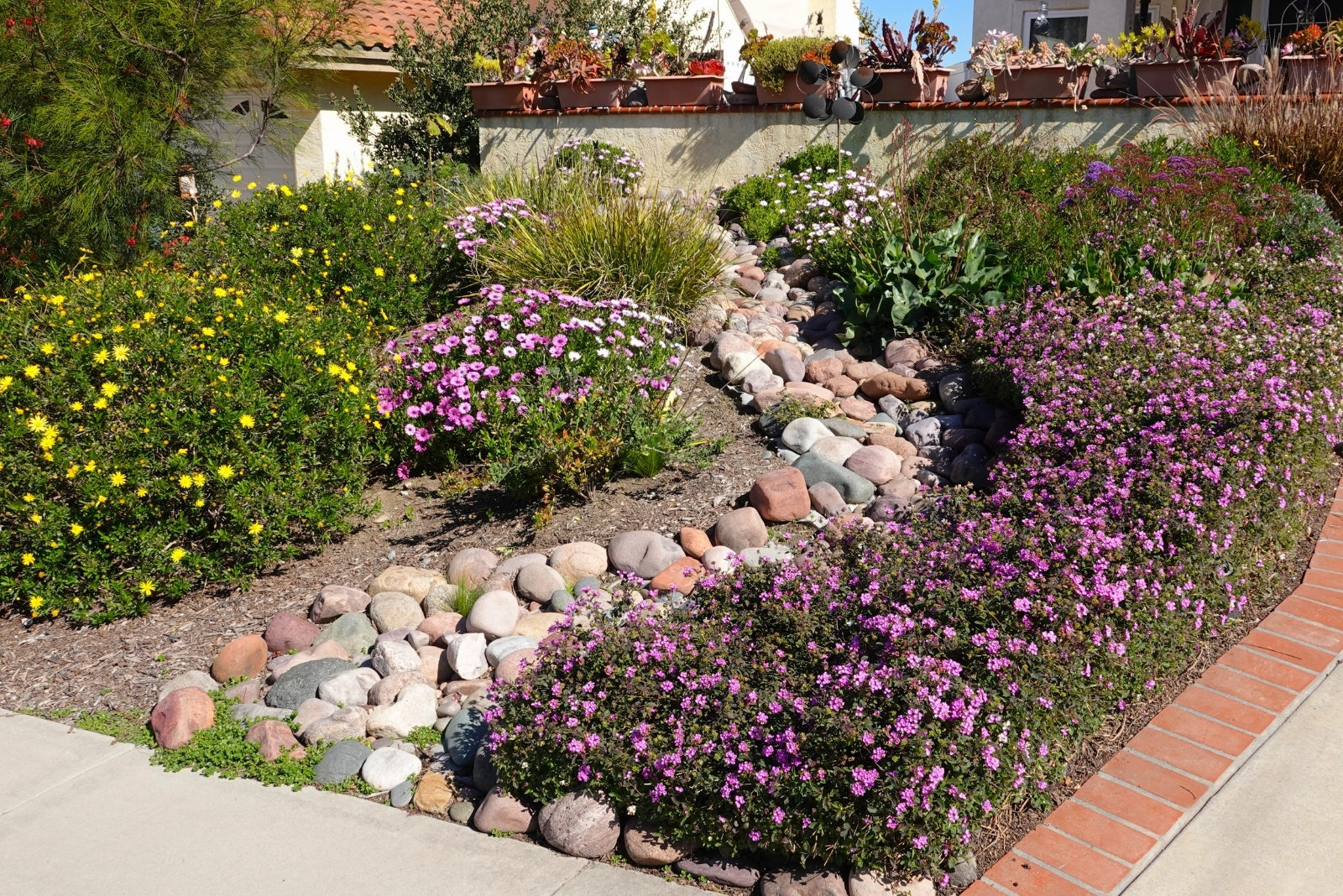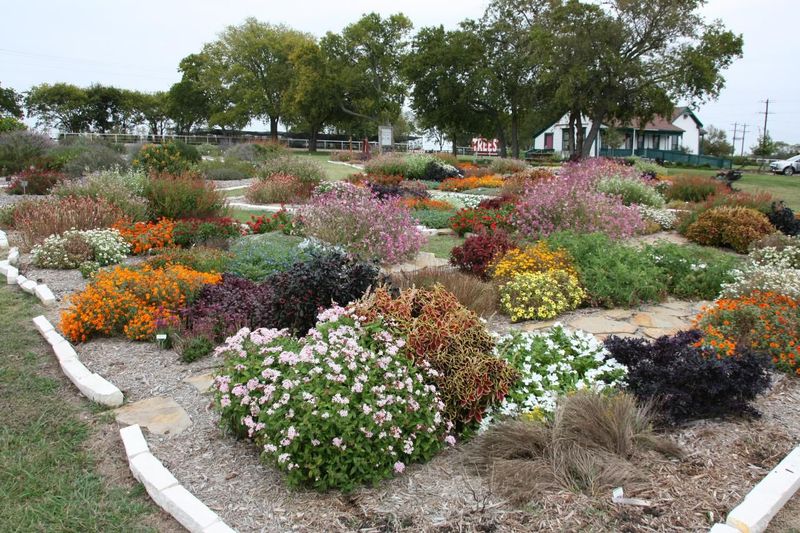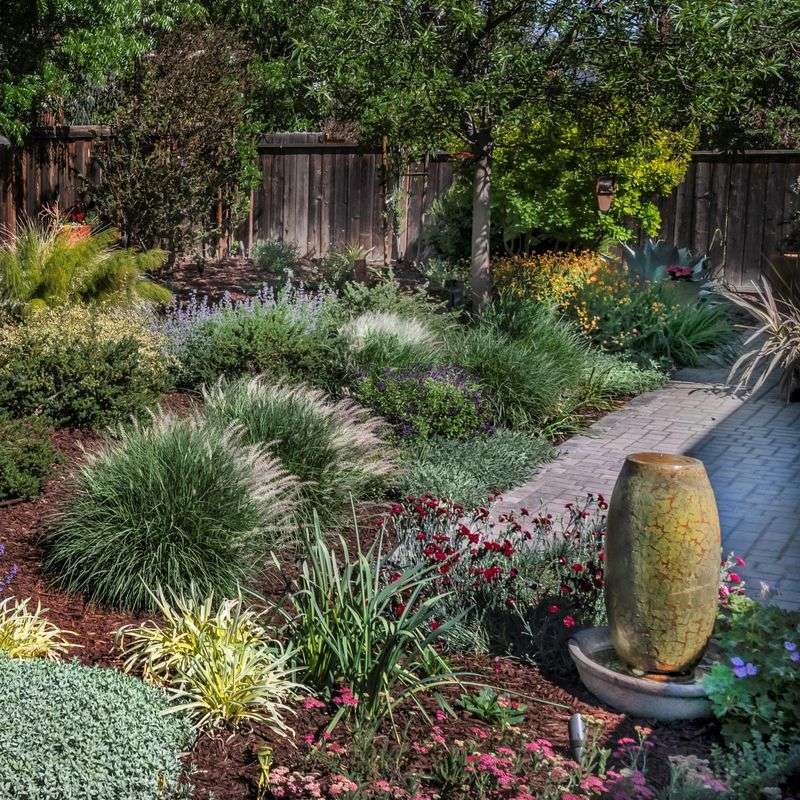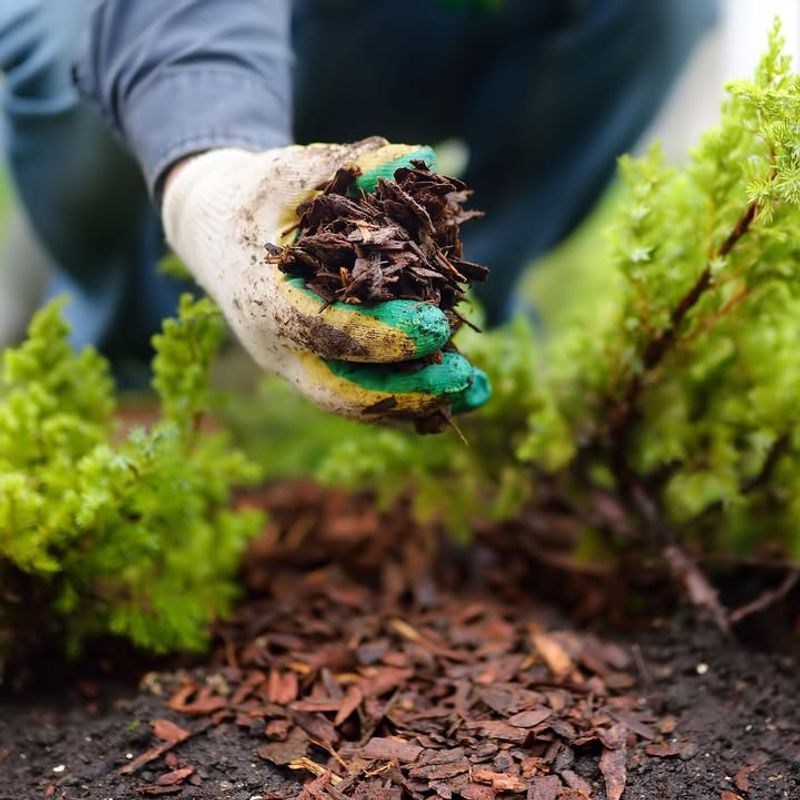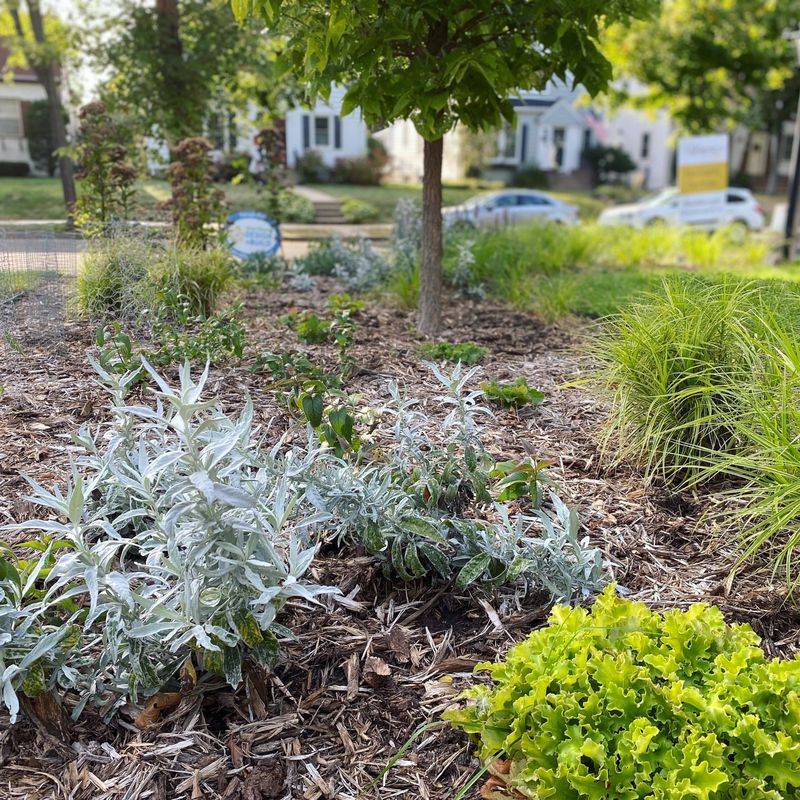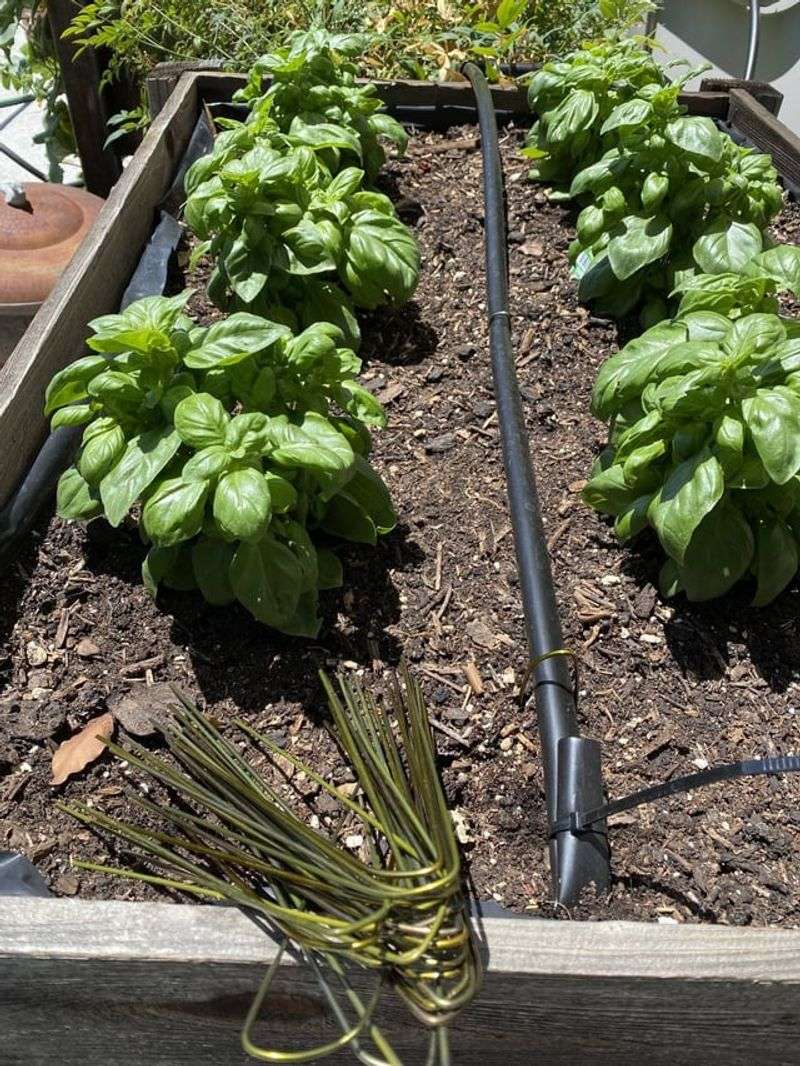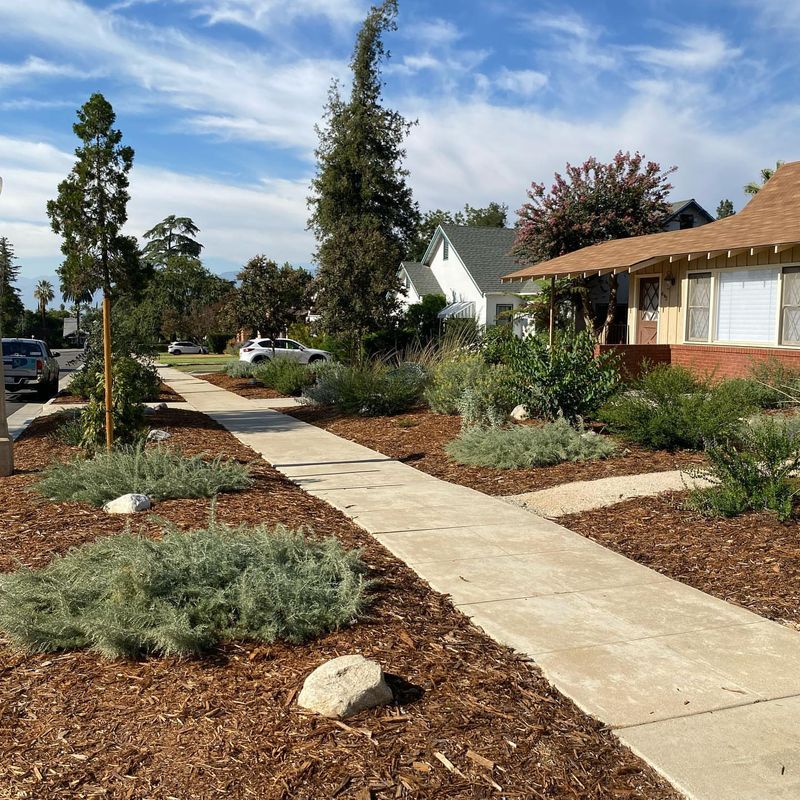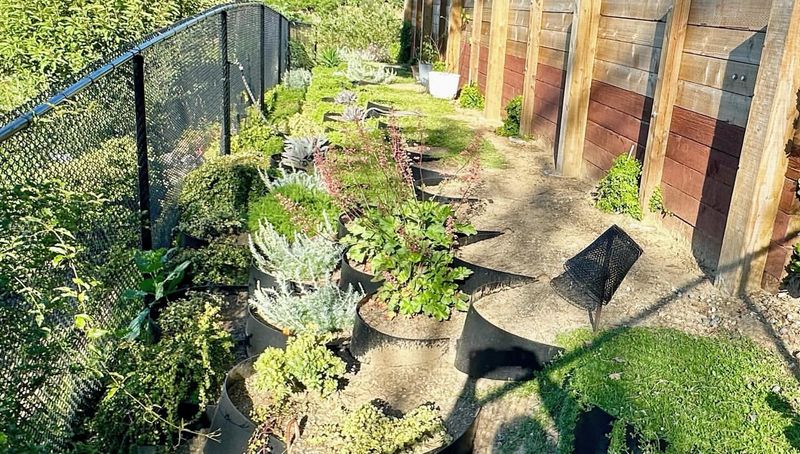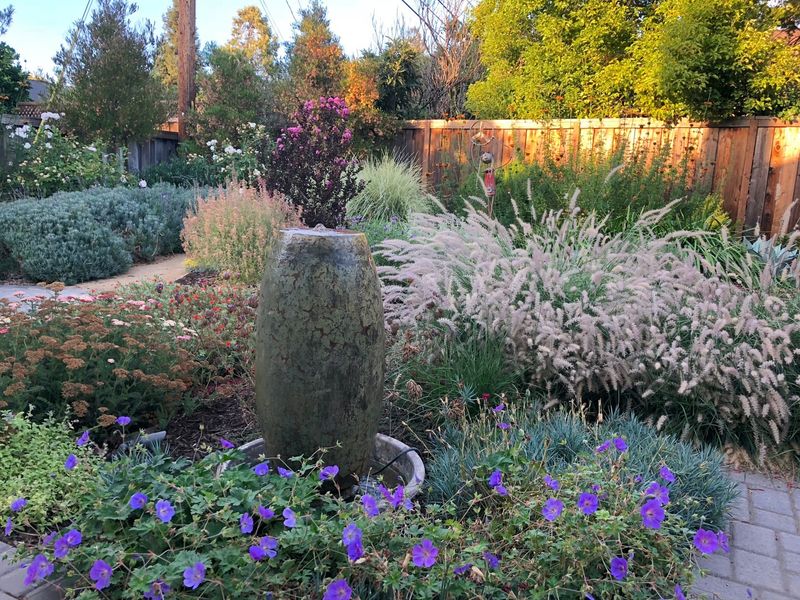Step into the world of Texas’ toughest, most beautiful native plants at the WaterSaver Garden Tour. These gardens prove that thriving landscapes don’t need constant watering.
Explore colorful, hardy plants that shine even in the heat. Chat with local gardeners and pick up tips to make your own garden bloom with ease.
It’s a fun, inspiring day for anyone who loves plants and smart gardening.
1. Choose Native Plant Species
Plants that evolved in Texas naturally handle local conditions better than exotic varieties. Look for Texas natives like Black-eyed Susans and Salvias at local nurseries.
These hardy plants have adapted to survive Texas droughts for centuries, developing deep root systems and specialized leaves. They’ll reward you with natural beauty while requiring far less care.
2. Group Plants By Water Needs
Smart garden layout places thirsty plants together and drought-resistant ones in separate areas. This technique, called hydrozoning, prevents wasting water on plants that don’t need it.
Many Texas gardeners create distinct zones throughout their yards. The water-saving strategy allows you to concentrate irrigation exactly where needed while letting tougher natives thrive with minimal help.
3. Install Proper Mulch
Mulch acts like a protective blanket for your soil, keeping moisture in and weeds out. Apply a 2-3 inch layer around plants, leaving space near stems to prevent rot.
Texas gardeners favor native mulch options like shredded cedar or decomposed granite. These materials complement the natural landscape while gradually breaking down to improve soil structure over time.
4. Create Rain Gardens
Capture valuable rainwater by designing shallow depressions in your yard where water naturally flows. These basins allow moisture to slowly seep into the ground rather than running off into storm drains.
Many Texas homeowners now incorporate these functional features into their landscapes. Rain gardens can reduce irrigation needs by up to 30% while preventing erosion and filtering pollutants.
5. Install Efficient Irrigation
Drip systems deliver water directly to plant roots, minimizing waste from evaporation or runoff. They’re easy to install and can be connected to timers for automatic watering during optimal hours.
Smart Texas gardeners use soaker hoses for larger beds and emitters for individual plants. These methods can reduce water usage by 60% compared to sprinklers while keeping plants healthier by avoiding wet foliage.
6. Reduce Lawn Areas
Traditional grass lawns demand excessive water and maintenance. Replace portions with native groundcovers, wildflower meadows, or hardscaping like decomposed granite paths.
Innovative Texas homeowners are creating “lawn-free” front yards that save thousands of gallons annually. These transformed spaces feature beautiful stone pathways winding through colorful native plant beds, requiring minimal resources.
7. Amend Soil Properly
Many Texas soils need improvement before planting. Add compost to clay soils for better drainage or to sandy soils for improved water retention. Avoid chemical fertilizers that can harm beneficial soil organisms.
Local garden experts recommend testing your soil first to determine specific needs. Native plants often thrive in less-than-perfect conditions, but most appreciate a good foundation of organic matter worked into their planting holes.
8. Practice Smart Maintenance
Less is more when caring for native plants. Avoid over-pruning, which can stress plants and reduce drought tolerance. Water deeply but infrequently to encourage deep root growth.
Texas garden tour participants often leave seed heads intact through winter. This approach provides food for birds while allowing plants to self-seed naturally. Most natives need pruning only once yearly, typically in late winter.

